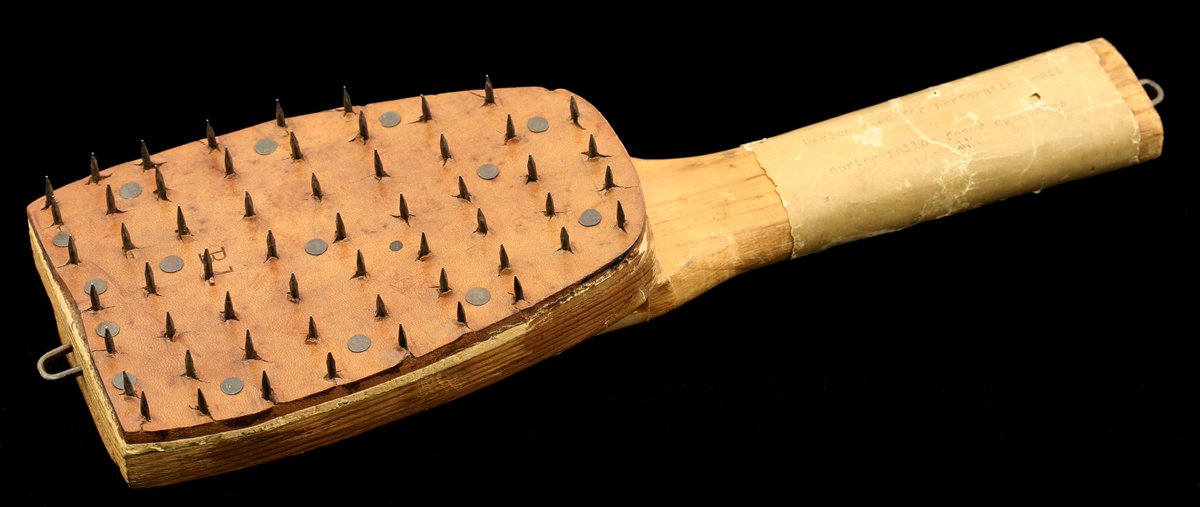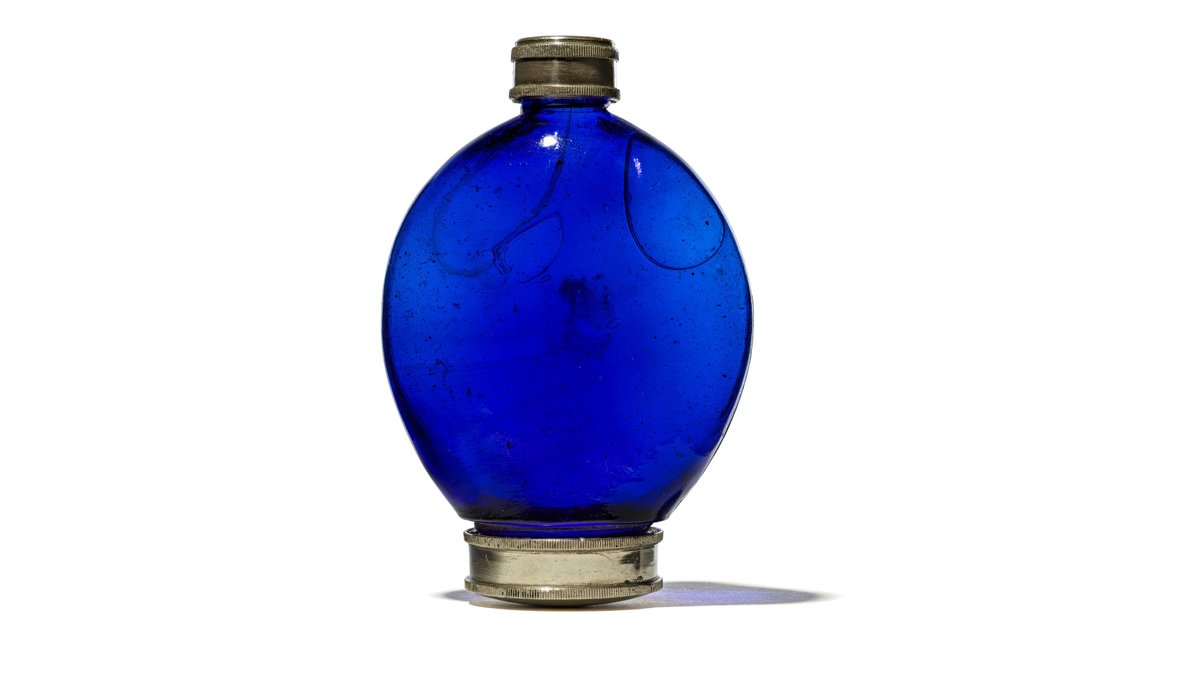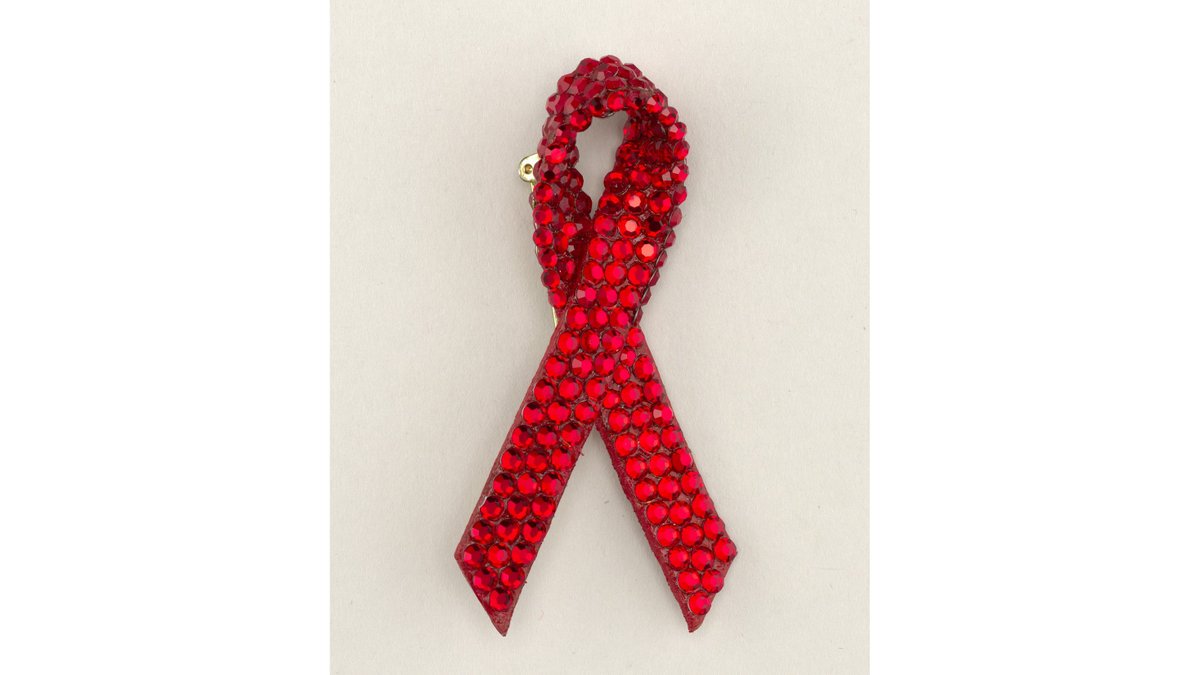
Smithsonian
@smithsonian
We're not a museum. We're 21 of them! (Plus a zoo & 9 research centers.) Find visiting info at https://t.co/DUhPwllAU8 | Legal: https://t.co/m1RRg3okOi
22-03-2008 22:26:03
25,1K Tweets
2,4M Followers
313 Following

This vial contained some of the first known COVID-19 vaccine doses administered in the U.S. Our National Museum of American History has added it to their collection.
How else can the Smithsonian help us understand our current moment? Follow along for more stories on disease and public health.⤵️


National Museum of American History Most new infectious diseases in humans originate in other animals—like this Smithsonian NMNH bat. Why are bats effective at spreading pathogens? They:
•live in groups
•seem to carry viruses without getting very sick
•live everywhere people do
•fly long distances to new populations


National Museum of American History Smithsonian NMNH Researchers from National Zoo have been studying bats in Myanmar. Last year they discovered six new coronaviruses (not closely related to those known to cause disease in humans). Identifying diseases early in animals helps us investigate potential threats. s.si.edu/2Q9kURd

National Museum of American History Smithsonian NMNH National Zoo This 1899 wooden paddle with a nail-studded face was used to perforate mail for fumigation against yellow fever. It didn't work. (Yellow fever, as scientists later verified, is transmitted through mosquito bites.) The paddle is now in our Postal Museum's collection.


National Museum of American History Smithsonian NMNH National Zoo Postal Museum 1900s health guidance to stop the spread of tuberculosis: please don't spit in the street.
TB patients used flasks like this one in our National Museum of American History to dispose of coughed up matter or possibly infected saliva.


National Museum of American History Smithsonian NMNH National Zoo Postal Museum Kadir Nelson painted Henrietta Lacks missing two buttons—for her cells taken without permission during cancer treatment. They led to thousands of medical advances, including the polio vaccine. This portrait is shared by our Smithsonian NMAAHC and National Portrait Gallery USA: s.si.edu/3uOHn4L


National Museum of American History Smithsonian NMNH National Zoo Postal Museum Smithsonian NMAAHC National Portrait Gallery USA The red ribbon was created in 1991 by artists from the organization Visual AIDS. It's become an internationally recognized symbol for HIV and AIDS awareness, support, and remembrance for those who have died. James Arpad designed this pin, ca. 1992, in our Cooper Hewitt.
